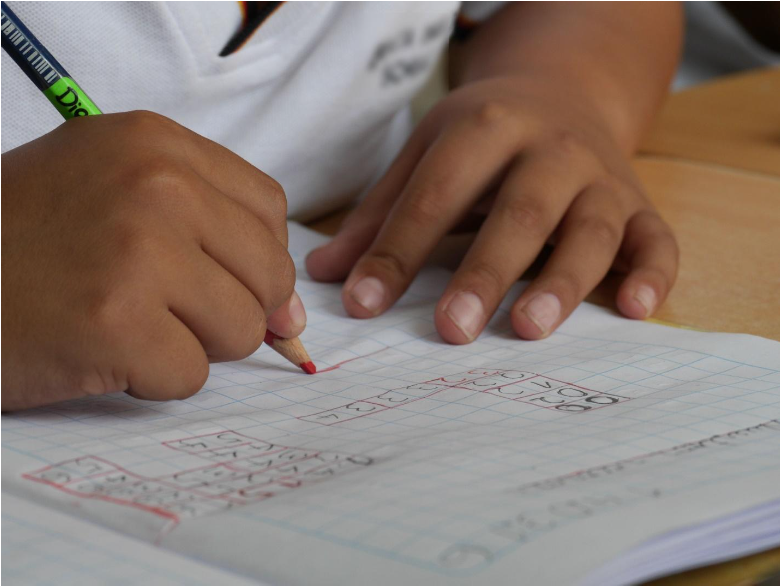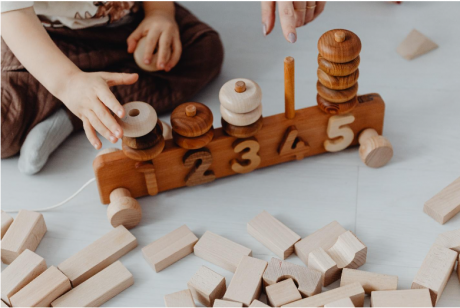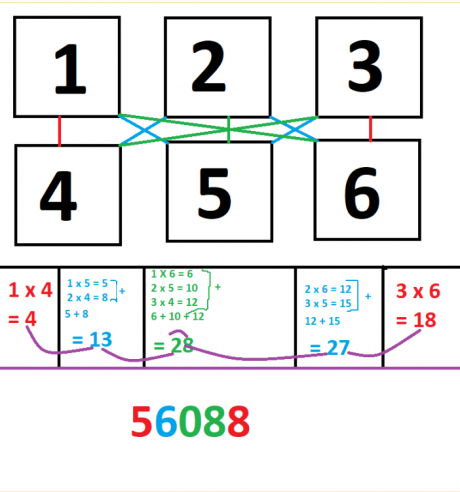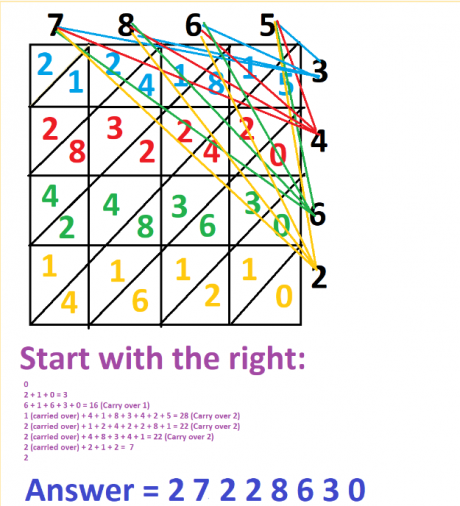35 Effective Maths Hacks for Children in Primary School

In primary school, being able to do maths quickly and accurately is a valuable skill. It not only helps you reach answers quickly but also increases their confidence and stokes their love of the subject.
Here are some of the best Maths hacks for children in primary school:
20 Basic Math Hacks for Students for Kids up to Age 5 or 6
- Encourage them to use their fingers and toes to help with counting. This simple hack will help them understand numbers much better.
- Help them learn their shapes by cutting different shapes out of paper and then asking them to identify them.
- Use a standard deck of cards to play simple games that will teach them to recognise numbers and basic addition and subtraction.
- If they are struggling to understand a concept, try using visual aids such as pictures or videos.
- Get them to practice their mental maths skills by timing them as they solve simple problems in their head.
- Teach them about place value by asking them to put a group of objects in order from smallest to largest.
- Help them understand multiplication by getting them to skip count in groups of 2s, 3s, 4s etc.
- To help them with division, start by teaching them how to share objects equally into two groups.
- Use everyday objects to help them with fractions. For example, cut an apple into quarters and ask them to identify each quarter as a fraction of the whole.
- Hang a number line in their bedroom and get them to point out different numbers as they brush their teeth or get dressed in the morning.

- Review basic concepts such as numbers, shapes and colours regularly to ensure they don’t forget what they have learned.
- To help them understand place value, get them to group objects into tens and ones. For example, if they are grouping crayons, they should put ten crayons together and then count them as “ten”.
- Use a hundred Chart to help them understand numbers up to 100. Get them to point out patterns and talk about what comes next in the sequence.
- Make learning addition and subtraction fun by turning it into a game. For example, you could play “I Spy” with numbers and see who can find the biggest sum or difference.
- To help them understand division, start by teaching them how to share objects equally into two groups. Then move on to sharing into three and four groups.
- Use everyday items such as coins to help them understand fractions. For example, ask them to identify a quarter as 25% of a dollar.
- Help them understand multiplication by getting them to skip count in groups of 2s, 3s, 4s etc.
- Use a stopwatch or timer to help them with telling time. For example, set the timer for one minute and see how many things they can do in that time.
- Hang a calendar in their bedroom and get them to point out the days of the week, months of the year and important dates such as their birthday.
- Get them to practice writing their numbers and simple addition and subtraction problems in a notebook or on scrap paper.
15 Cool Maths Hacks for Older Kids
- Year 1 is a great time to start teaching your child about money. Get them to sort coins into piles and then count up the total value.
- Multiply a 2-digit number by 11 by adding the digits together and placing them in between the original digits. For example, if you have to solve 24 x 11,
Write the first digit of the number, followed by the addition of the first and second digits of the number, and followed by the second number.
Thus,
24 x 11 = 2 (2+4) 2.
The answer you will get here is 262.
- Teach one-digit and two-digit addition with regrouping of objects. This will help them understand place value and carry over numbers correctly.
- Use the 10-Frame to help them understand addition and subtraction. Write simple problems in the 10-frame and get them to solve them.
- Play “Around the World” to help them with their times’ tables. Write the multiplication facts on cards and put them face down in a circle. Take turns picking a card and solving the problem before passing it to the next person.
- Use everyday items such as Lego to help them with fractions. For example, ask them to build a tower with 10 blocks and then count how many different ways they can share it into halves and quarters.
- Help students solve Math word problems using visuals and manipulatives. This will help them understand the problem and see it differently.
- Multiplying 3-digit numbers using the Vedic Math trick. For example, multiply 123 x 456.
- Help children visualize ‘Greater than, Less than, and Equal to’ signs (>, <, =) by holding up their hands. The thumb represents the greater than sign, the middle finger represents the less than sign, and the index finger and pinky represent the equal to sign. Turn it into a game by holding up different numbers of fingers and seeing if they can guess the sign.
- Make Math Fact trees for addition and subtraction for numbers up to 20 as well as inverse operations. This is a great way to help them learn their facts and see the relationship between addition and subtraction.
- Starting children young on the Harvard Project Zero See/Think/Wonder thinking routine is a great way to help them excel in Maths. You can display clay shapes, photos of different things, or even simple drawings and ask them sentences starting with ‘I see…’, ‘I think…’, ‘I wonder…’
For example, ‘I see a red square’, ‘I think we are looking at a 3D object’, and ‘I wonder how many faces it has.

- Get children to help with cooking or baking as a way to help them understand measurement. Let them measure out the ingredients and help with the conversion between cups, tablespoons, and teaspoons.
- The Japanese way to multiply is quite groovy too. Try the ‘Lattice Method’ for multiplying large numbers. This is a great way to help kids who are struggling with traditional multiplication methods.
For example: Solve 7865 x 3462 using the lattice method.

- Learn how to use fingers to do Math calculations super-fast. We have seen Chinese students use this method a lot to win mental abacus competitions. Many courses are available online that can teach you this.
- Use estimation when solving Math problems. This will help them understand what they are trying to solve and give them a ballpark answer to work with. For example, if they are trying to calculate how long it will take to walk somewhere, they can estimate the time it will take based on their previous experience.
This is a great way to help them understand the problem and see it in a different way.
Find the best tutors online from all across Australia – Sydney, Melbourne, Adelaide, Perth, Newcastle, Goldcoast, Canberra, Brisbane.
To make it easier for you to decide, your first session is completely FREE!
Select and book an online Math tutor, Science Tutor, English Tutor and all the other subjects.
